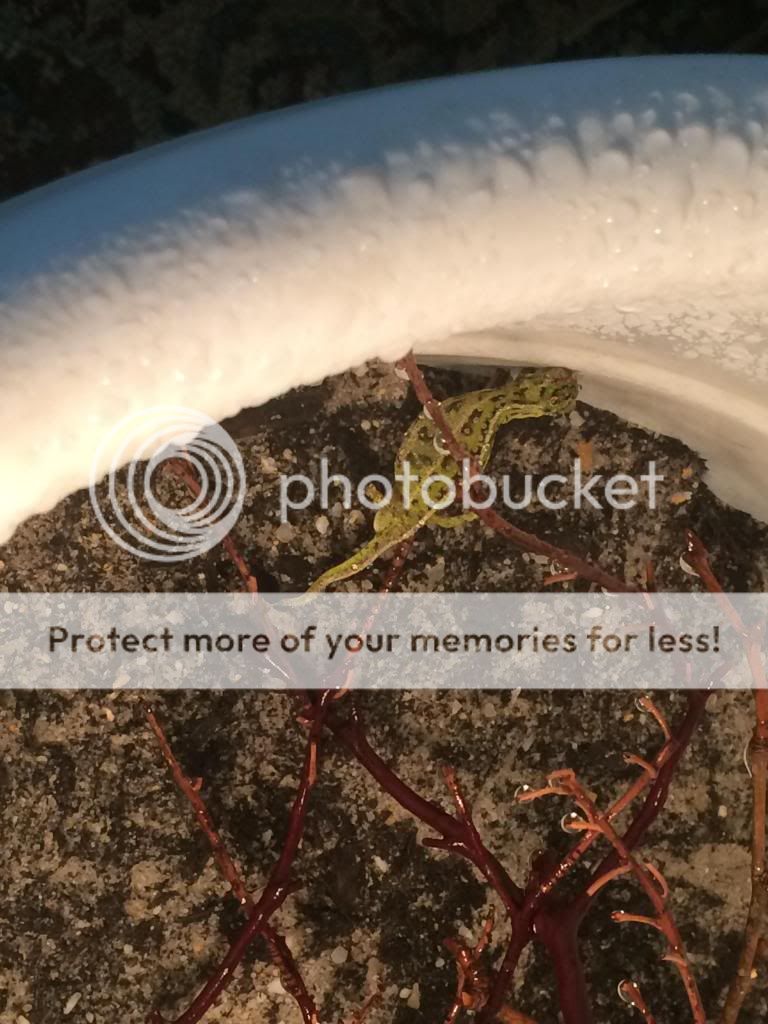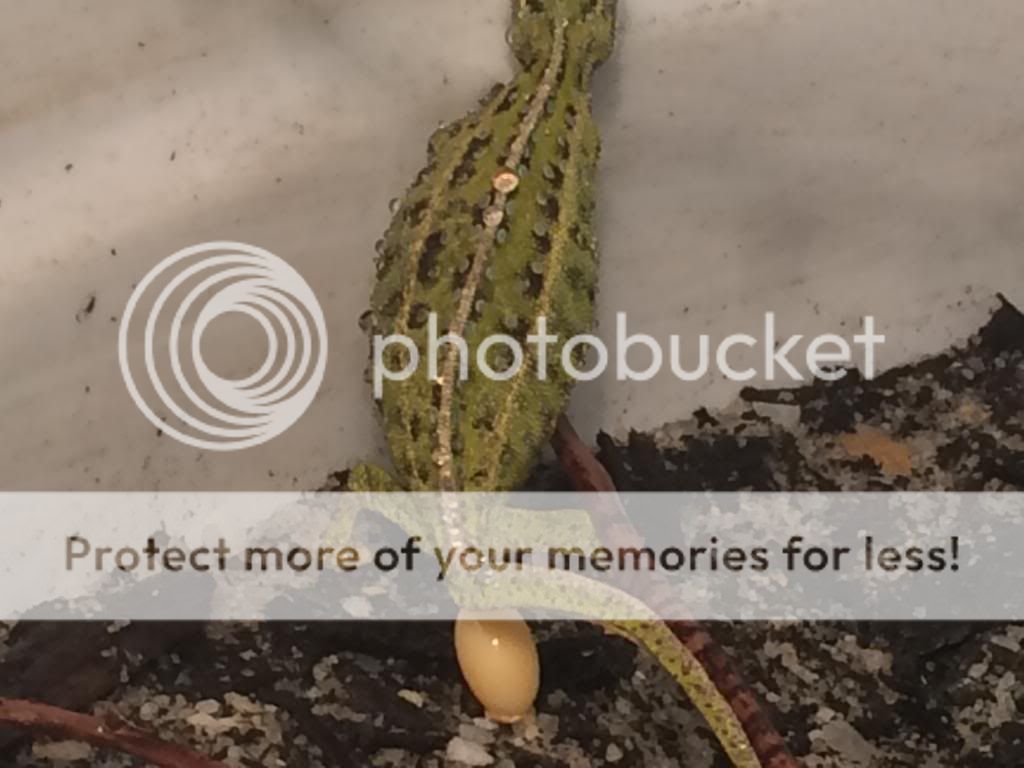laurie
Retired Moderator
The campani are definitely awesome. I really think that hardy CB campani could fill a niche as the true chameleon for vivariums.
Ever since my fiance saw Kevin's male quad she want's me to get into them too! They are her new favorite chameleon. I still remember the female I raised from a hatchling back in the nineties fondly. She was a really sweet, easy going chameleon.
Frank, I think you and I are going to be long term friends.













